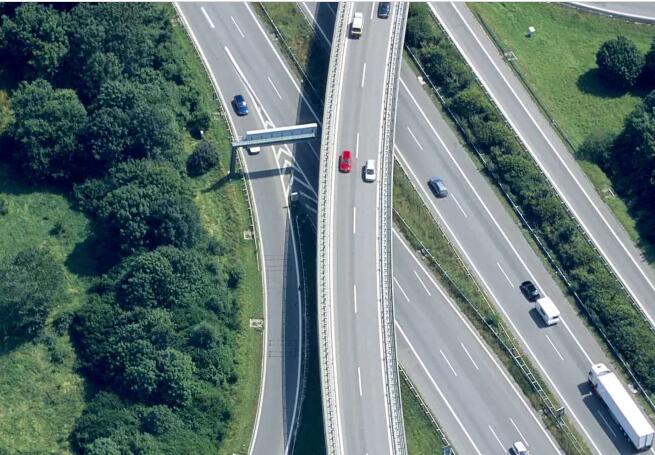- 用心翻譯每一天

聯系我們
全國統一服務熱線:
電話:021-58446796
公司QQ:732319580
郵箱:daisy.xu@easytranslation.com.cn
網址:www.jpgfs2012.com
地址:上海浦東金橋開發區金豫路700號6號樓1樓
“Hey! How come we drive on parkways and park on driveways? Huh? Amiright?!” “你好!為什么我們要在parkways上開車,在driveways上停車呢?我這么說沒錯吧?” This rusty one-liner has gotten plenty of mileage over the years, but the question is an answerable one. 這個老掉牙的俏皮話已經被說了好多年,但這個問題其實是有答案的。 one-liner:俏皮話 get a lot of mileage out of something:充分使用某物,比如汽車 The words drive and park existed long before automobiles. Languages evolve over time and a given term’s meaning is subject to dramatically change based on the whim of its users. Drive和park這兩個詞早在汽車出現以前就存在了。語言會隨著時間的推移而演變。某個既定詞語的含義也會因為使用者的突發奇想而發生巨大的改變。 Back in the 1800s, for example, parking meant planting trees, flowers, and other bits of vegetation. A parking place, therefore, had nothing to do with stationary vehicles. Instead, it was a location specifically designed to encourage diverse, extensive plant growth for non-agricultural purposes. 早在19世紀初期,比如說,parking的含義是指種樹、種花以及種植其他植物。因此,Parking place也就與靜止不動的車輛毫無關聯。相反,它指的是一個專門設計的讓各種植物茂密生長的地方。在這里生長的植物并非與農業有關。 Yet, many were soon commandeered for an entirely different objective. "By the turn of the century, such parking areas were sometimes used to hold horse-drawn carriages on special occasions," historian Kirk Savage wrote. "When automobiles started to overrun cities in the early 20th century, parking areas were given over to car storage and the word began to refer to the cars themselves rather than the trees and grass they were replacing.” 然而,許多這樣的地方很快就有了完全不同的用途。歷史學家Kirk Savage寫道:“在世紀交替之際,這樣的地方(parking areas)在特殊的情況下偶爾會被用來固定馬車。當汽車在20世紀初期開始在城市中泛濫時,parking areas被用于汽車存放,而這個詞也開始指代汽車本身,而非由汽車所取代的樹木和花草。” During this transitional period, America’s parkways also began taking shape. Metropolitan reformers—who feared the health costs of industrial growth—started establishing wooded parks within cities nationwide, hoping their trees would make urban air more breathable. As automobiles rose in popularity, special car-friendly routes were carved through these parks. Unimaginatively, they were called parkways. 在世紀交替之際,美國的parkways也開始形成。大都市的改革者們由于擔心工業的發展會以健康為代價,所以開始在全國各地的城市內建造各種帶有樹木的公園并希望這些樹木可以讓城市的空氣更加清新。隨著汽車越來越流行,公園內就安插了專為汽車設計的道路。所以,這些車道就被毫無想象力的人們稱為parkways(林蔭大道)。 So parkways have nothing to do with the actual parking of vehicles—but what about driveways? Well, that particular word has been around since at least 1884 and has essentially meant the same thing ever since—namely, a path that connects somebody’s private property to a public road. However, while lengthy driveways were once the norm (and, hence, enabled more driving), today’s average specimen is little more than a dinky personal parking station. 因此,parkways和實際的車輛停放毫無關系-那么driveways(私人車道)是什么意思呢? 好吧,這個特殊的詞大約至少在1884年就出現了,而且它的含義一直沒有變過-就是連接私人宅邸和大路的車道。然而,盡管當時的車道都是比較長的(因此,駕車的距離也更長)。如今,私人車道的平均長度都要比小巧緊湊的私人停車位稍大一點。 原文來源:Mental Floss 翻譯&編輯:上海譯銳翻譯